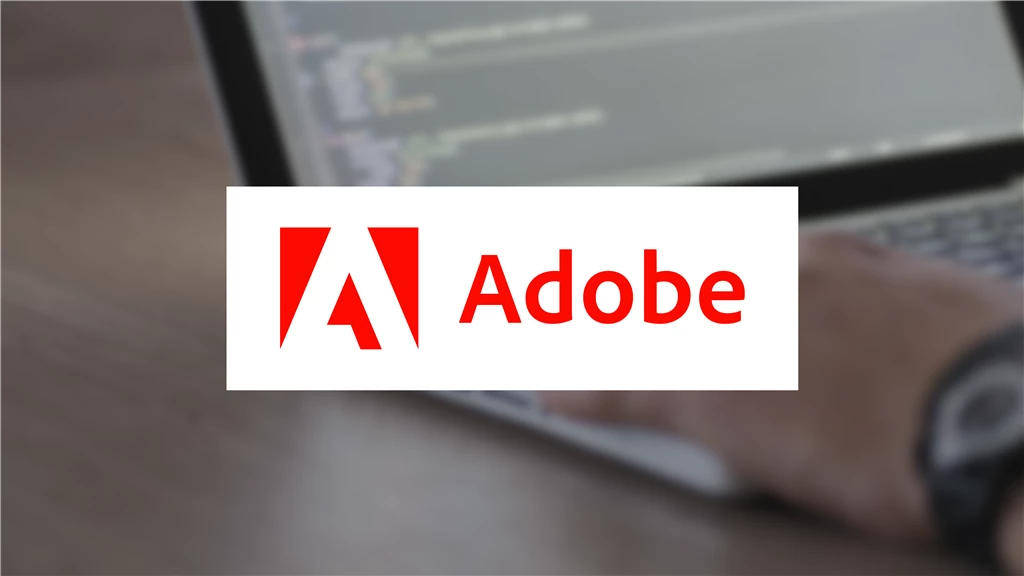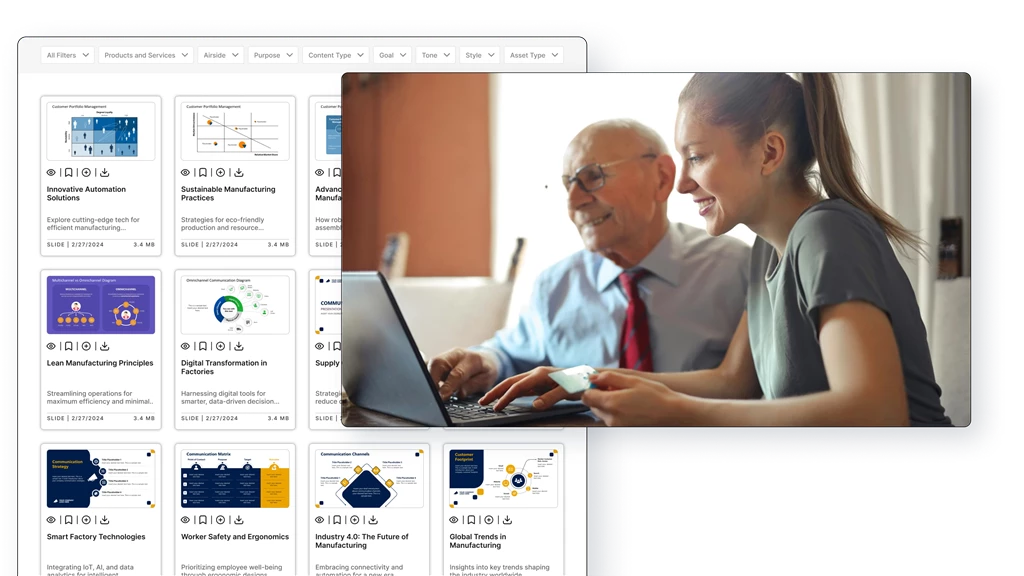What is Content Distribution?
Content distribution refers to the strategic process of sharing, publishing, and promoting your content across various channels and platforms to reach a broader audience. It’s about more than just hitting “publish” on your blog or social media posts; it involves a well-thought-out plan to get your content noticed by the people who matter most to your business.
This process encompasses a variety of channels, including:
- Owned Media: Your website, blog, email newsletters, and social media profiles—channels where you have full control over the content and its presentation.
- Earned Media: Coverage gained through public relations efforts, such as press mentions, guest posts, reviews, and social shares—essentially, when others talk about your content.
- Paid Media: Advertising efforts that amplify your content’s reach, including pay-per-click (PPC) ads, social media ads, and sponsored content.
Each of these channels plays a unique role in a comprehensive content distribution strategy, ensuring that your content reaches as many people as possible.
The Importance of Content Distribution
In today’s crowded digital environment, content distribution is more important than ever. With billions of blog posts, social media updates, videos, and other forms of content being published every day, it’s easy for your content to get lost in the noise. Effective distribution helps you cut through the clutter, ensuring that your content not only reaches your target audience but also engages them.
Here’s why content distribution is critical:
- Increased Visibility: Content distribution helps increase your content’s visibility, making it easier for your audience to find and engage with your content.
- Audience Engagement: By strategically distributing your content across multiple channels, you can engage your audience where they are most active, whether that’s on social media, via email, or through search engines.
- Brand Authority: Consistent content distribution helps establish your brand as an authority in your industry. When your audience repeatedly encounters valuable content from your brand across various platforms, they begin to recognize and trust your expertise.
- SEO Benefits: Distributing your content across different channels can lead to more backlinks, social shares, and engagement, all of which can positively impact your search engine rankings.
Types of Content Distribution Channels
Understanding the different types of content distribution channels is crucial to developing an effective strategy. Let’s dive deeper into the three main categories:
- Owned Media: Owned media refers to the channels that you control. This includes your website, blog, email lists, and social media profiles. Since you have complete control over these channels, they’re ideal for establishing your brand’s voice and building a direct relationship with your audience.
- Website and Blog: Publishing content on your website and blog allows you to drive organic traffic through SEO and provides a hub for your audience to find all your content in one place.
- Email Newsletters: Email remains one of the most effective content distribution channels. It allows you to deliver content directly to your subscribers’ inboxes, creating a personal connection and encouraging engagement.
- Social Media: While social media platforms are technically owned by third parties, your profiles on these platforms are considered owned media. Regularly sharing content on social media helps you reach and engage with your audience in real-time.
- Earned Media: Earned media is content that others create about you. This includes mentions in news articles, guest posts on other websites, reviews, and social shares. Earned media can significantly amplify your content’s reach and credibility.
- Press Coverage: Getting your content featured in news articles or industry publications can drive significant traffic and credibility.
- Guest Blogging: Writing guest posts for other websites allows you to tap into their audience, driving new traffic back to your site.
- Social Shares and Mentions: When others share your content on social media, it increases your reach and can lead to viral growth.
- Paid Media: Paid media involves investing in advertising to promote your content. This can be an effective way to reach a larger audience quickly, especially when launching new content or targeting specific demographics.
- Social Media Ads: Platforms like Facebook, Instagram, LinkedIn, and Twitter offer highly targeted advertising options that allow you to promote your content to specific audiences.
- Pay-Per-Click (PPC) Ads: Platforms like Google Ads enable you to drive traffic to your content by bidding on keywords relevant to your content.
- Sponsored Content: This involves paying to have your content featured on third-party websites or platforms, reaching new audiences who may not have discovered your content otherwise.
How to Develop a Content Distribution Strategy
Creating an effective content distribution strategy involves more than just sharing your content across as many channels as possible. It requires a strategic approach that aligns with your business goals and targets the right audience. Here’s how to develop a robust content distribution strategy:
- Understand Your Audience: The first step in any content distribution strategy is understanding your audience. Who are they? What are their interests, pain points, and preferred channels? Use data from your website analytics, social media insights, and customer feedback to build a detailed audience profile. This will help you determine where your audience spends their time online and how best to reach them.
- Set Clear Goals: What do you want to achieve with your content distribution? Whether it’s increasing brand awareness, driving website traffic, generating leads, or boosting engagement, having clear goals will guide your strategy and help you measure success.
- Choose the Right Channels: Based on your audience research, select the channels that will be most effective for reaching your target audience. Focus on a mix of owned, earned, and paid media to maximize your content’s reach and impact.
- Create a Distribution Schedule: Consistency is key to successful content distribution. Create a content calendar that outlines when and where you’ll share your content. This will ensure that your content is consistently distributed across all channels, keeping your audience engaged and your brand top of mind.
- Optimize for Each Channel: Each distribution channel has its own best practices and requirements. For example, content shared on social media should be optimized for short attention spans, with eye-catching visuals and concise messaging. Content published on your blog, on the other hand, can be more in-depth and informative. Tailor your content to fit the unique characteristics of each channel.
- Measure and Refine: Once your content distribution strategy is in place, it’s important to monitor its performance. Use analytics tools to track metrics such as website traffic, social shares, engagement rates, and conversion rates. Based on this data, refine your strategy to improve results over time.
Best Practices for Effective Content Distribution
To ensure your content distribution strategy is as effective as possible, keep these best practices in mind:
- Repurpose Content: Maximize the value of your content by repurposing it for different channels. For example, you can turn a blog post into an infographic for social media or a video for YouTube.
- Engage with Your Audience: Distribution isn’t just about pushing content out; it’s also about engaging with your audience. Respond to comments, participate in conversations, and build relationships with your followers.
- Leverage Influencers: Partnering with influencers in your industry can help amplify your content’s reach and credibility. Influencers can share your content with their followers, introducing your brand to new audiences.
- Use Automation Tools: Content distribution can be time-consuming, but automation tools can help streamline the process. Tools like Hootsuite, Buffer, and KNVEY’s own content management features can help you schedule and distribute content across multiple channels with ease.



